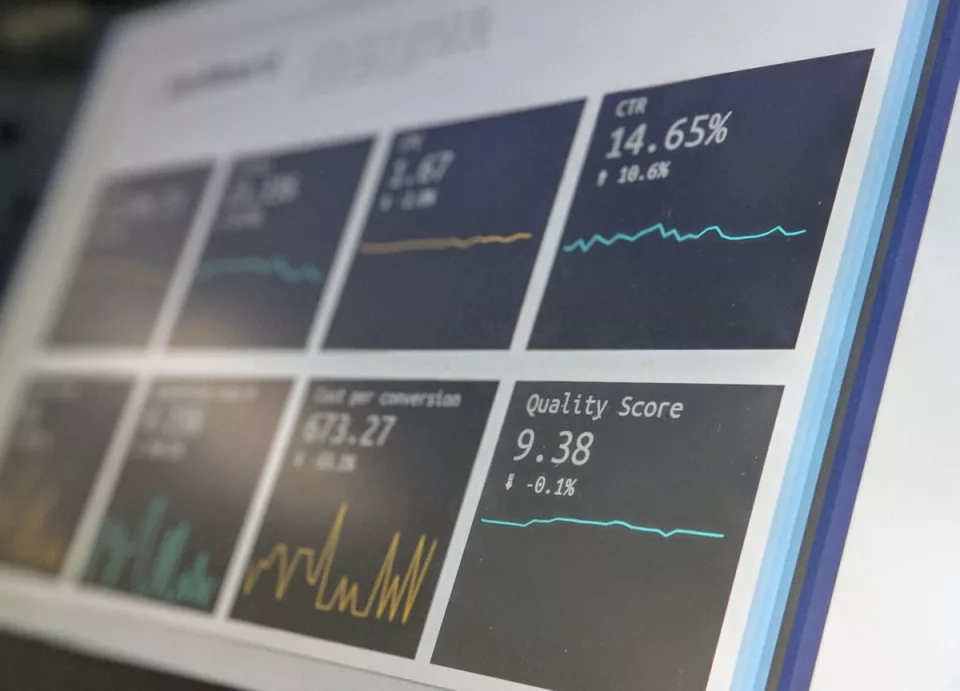In the dynamic marketplace, businesses must place a significant emphasis on the ability to sell. Sales effectiveness is not just about closing a high number of sales; it’s about the efficiency, profitability, and sustainability of those sales over time. Below, we delve into the essence of sales effectiveness, its importance for your business growth, and ways you can improve it within your organization.
Table of Contents
Understanding Sales Effectiveness and Its Components

Sales effectiveness encompasses a broad range of practices and capabilities that enable a sales team to successfully convert leads into customers. At its core, it refers to the ability of a sales force to win at each stage of the sales process. This capability isn’t innate; it’s cultivated through strategic planning, skill development, and the effective use of resources.
Key components of sales effectiveness include the alignment of sales strategies with business objectives, the quality of customer interactions, and the accuracy of sales forecasting. Additionally, it involves having a deep understanding of the target market, competitive landscape, and the unique selling proposition of the business’s products or services.
An essential factor in sales effectiveness is the sales force’s competency. This includes not only their skills in persuasion and negotiation but also their product knowledge, understanding of the client’s needs, and ability to tailor the sales approach to different scenarios. Training and continuous development are, therefore, critical aspects of maintaining an effective sales team.
Measuring Sales Effectiveness in Your Organization
Measuring sales effectiveness is vital to understanding how well a sales team converts opportunities into wins. Key performance indicators (KPIs) such as the total revenue, the conversion rate of leads to customers, average deal size, and sales cycle length are often used to gauge effectiveness. Consistent tracking of these metrics can highlight areas of strength and pinpoint opportunities for improvement.
To accurately measure and enhance sales effectiveness, organizations must establish clear goals and expectations. These benchmarks serve as a guide for sales teams and allow for the assessment of individual and collective performance relative to those objectives. Without clear targets, sales effectiveness becomes difficult to determine and improve.
One of the challenges in measuring sales effectiveness lies in distinguishing between short-term achievements and long-term results. While immediate sales wins are important, ensuring that gains are sustainable over time is crucial for lasting success.
Strategies To Improve Sales Effectiveness

Improving sales effectiveness requires both strategic adjustments and tactical actions. A primary strategy is the continuous training and development of the sales team. By equipping sales professionals with updated industry knowledge and honing their selling skills, businesses can ensure that their representatives are well-prepared to meet the evolving demands of the marketplace.
Streamlining sales processes to reduce complexity and eliminate unnecessary steps can directly improve efficiency. This may involve automating routine tasks with software tools, optimizing sales routes, or simplifying approval hierarchies. A leaner process allows sales professionals to focus more on selling and less on administrative duties.
Furthermore, fostering a culture that values collaboration and knowledge sharing among sales team members can lead to collective growth and improved sales effectiveness. Encouraging an environment where successes, as well as lessons learned from lost deals, are shared, strengthens the entire team’s ability to sell effectively.
Altogether, sales effectiveness drives business growth by ensuring that sales efforts translate into tangible results. By understanding its components, measuring its impact, and continually seeking to improve through strategies and technology, organizations can significantly enhance not only their profitability but their overall competitive edge.
